When&How to wean
Safety is paramount when weaning a baby, and at KatieB Kids we closely follow the guidance available to us for safe practice. Please find the links to these below:
Below are more helpful links to ensure safety:
Our nutrition policy is written in line with the expert advice and guidance available to us. To read our policy please see the link below.
Weaning is a big moment for both parents and baby. Their first solid food is often as memorable as their first word, first steps or first haircut, but it can be worrying for parents.
There is so much conflicting information about when and how to wean that it’s hard to know what’s right for your child. Since 2014, at KatieB Kids we have been working with the Soil Association, which awards for good nutrition and we are perfecting our gold standard award-winning menu.
We follow all the latest nutritional guidance, which puts us in a great position when it comes to supporting the weaning process.
Grandma doesn’t always know best
Many studies suggest waiting until your baby is at least 6 months, as it gives their digestive system more time to mature, but older members of your family might tell you this is nonsense because they were putting baby rice in their babies’ bottles from 6 weeks!
What’s important to remember is that every child is an individual. It’s not about how many months old they are, but about them being ready. There are signs to watch for, but before you do, remember that you should:
Never
start weaning any earlier than 4 months (17 weeks)
put solids (baby rice, rusk, cereal etc) in a baby’s bottle.
Also be aware that if your baby was born pre-term they may not be quite as ready to wean as a full- term baby, and if there is a history of allergies in the family, you may wish to delay the introduction of certain foods.
Food is fun, though, and if you have a child who’s eying up your dinner and screaming to be allowed to join in at mealtimes, you’ll want to know how to make sure they’re ready:
To be ready to wean, a baby must be able to:
Stay in a sitting position and hold their head steady
Co-ordinate their eyes, hands and mouth all by themselves
Swallow their food. Babies who are not ready will often push their food back out, meaning they get more around their faces than they do in their mouths.
Grub’s up
If they are ready and showing an interest in food, then have a think about which method you’d like to follow – spoon feeding or baby-led weaning, but you can use a mixture of both.
Spoon feeding
Spoon feeding is seen as the traditional method of introducing solids. You’re in control and can give small amounts straight into their mouths, starting off with pureed vegetables and fruit, rice and cereal. Gradually, you can introduce mashed or chopped food to get your baby used to different textures before finally moving onto finger foods such as toast, pasta, and vegetables sticks.
Pros
you know exactly how much your baby has eaten
you can ensure your baby is getting a varied diet
less mess
Cons
preparing purees can be time-consuming
spoon-feeding at mealtimes means that you don’t really get to eat with your baby
your baby can get too accustomed to smooth textures, and it may then be harder to introduce other foods
Baby-led weaning/ self-feeding method
Baby-led weaning involves your baby feeding themselves suitably-sized finger foods; whatever they are able to hold and can sensibly chew or gum.
Pop them on the tray of their highchair and watch carefully as they get on with it.
Pros
no need to puree
you can eat with your baby, as they feed themselves
sociable mealtimes from the very beginning
your baby can explore a range of flavours and textures sooner
no rejection of ‘lumpy’ food
Cons
lots and lots of mess
you can’t be certain what your baby has eaten
it can feel like you are wasting a lot of food
hearing your baby gag can be scary and you need to be extra aware of your baby choking
A common source of anxiety for parents weaning their babies is around their child choking. We understand it can be alarming, but your child’s gag reflex is their body’s natural defence. When babies start weaning, their gag reflex is further forward in their mouth and because of that, coughing, gaging and ejecting food will be frequent and common.
Choking V gagging
If your baby starts gaging or coughing while eating, give them time to work it out on their own. They usually do and it’s all part of the learning process.
Don’t try and remove food with your fingers initially as you are at risk of pushing the food further back and causing them to choke. Sometimes your baby may vomit food back up. It’s upsetting for both of you, but perfectly normal, and an instinctive way of stopping themselves from choking.
Choking, on the other hand, means a piece of food has partially or completely blocked your baby’s windpipe. Whereas with gagging you will hear a lot of coughing, choking can either cause high pitched sounds or silence. If you think they are choking, intervene immediately.
Prepare yourself. Learn what to do if you are ever faced with a choking baby, and make sure you know what foods are a complete no-go area before certain ages before you start.
The most up to date list of foods to be introduced at different ages can be found at https://www.nhs.uk/start4life/weaning/what-to-feed-your-baby/around-6-months/
Good luck, and remember, we’re always here if you need advice.

